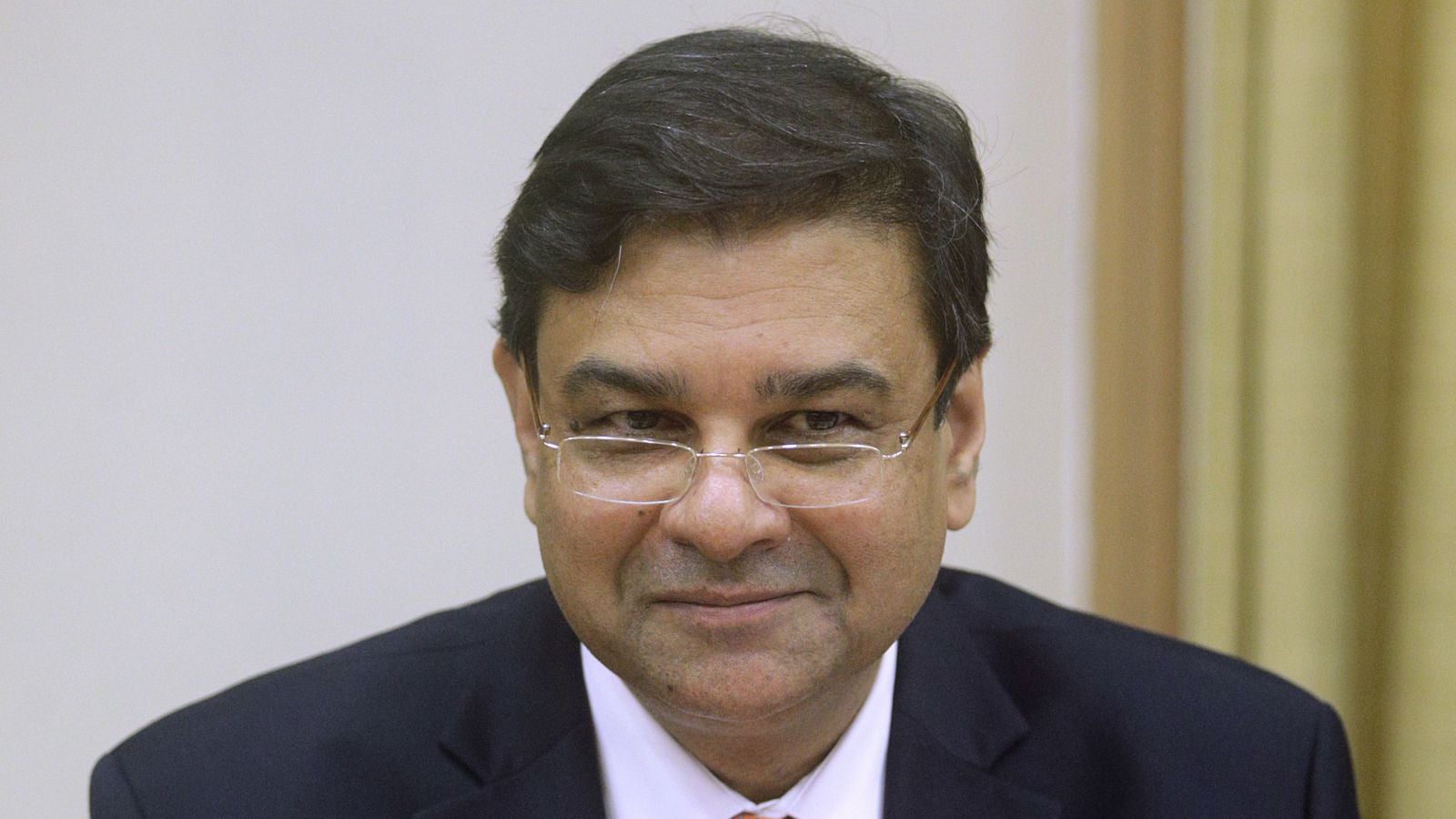We’re on the verge of a global currency war, says India’s central bank
US president Donald Trump’s protectionist measure against China has spooked the global economy and the currency market. The situation is so grim that the India’s central bank thinks this might be the start of a currency war.


US president Donald Trump’s protectionist measure against China has spooked the global economy and the currency market. The situation is so grim that the India’s central bank thinks this might be the start of a currency war.
“We have already had a few months of turbulence behind us and it looks like it is likely to continue. For how long, I don’t know. But the trade skirmishes have evolved into tariff wars and now we are possibly at the beginning of currency wars,” said Urjit Patel, the Reserve Bank of India (RBI) governor, in the post monetary policy conference on Aug. 01.
In the past few months, the US and China have been engaged in a trade tussle and increasing duties on each other’s goods.
To fight back, there is speculation that China may be devaluing the yuan, which will also affect other currencies, including the Indian rupee. By artificially reducing the currency’s value, a nation can use it to prop up its trade as goods and services become cheaper compared to those of other countries.
“Rising trade protectionism poses a grave risk to near-term and long-term global growth prospects by adversely impacting investment, disrupting global supply chains and hampering productivity. Geopolitical tensions and elevated oil prices continue to be the other sources of risk to global growth,” the RBI policy statement noted.
Meanwhile, the rupee has been Asia’s worst-performing currency this year, already losing over 8% of its value.
In the past the RBI has reportedly stepped in to support the currency as a sluggish rupee can stoke inflation. On Wednesday (Aug 01), the central bank increased the benchmark interest rate for the second time in two months.
It has kept an inflation target of 4%, plus or minus 2%. However, due to rising prices, inflation has inched up close to its mid-range target and has been hovering in the 5% range.
“We have to ensure that we run a tight-ship on the risks that we control to maximise the chances of ensuring macroeconomic stability and continuing with a growth profile of 7%-7.5% going forward. We do have things that are in our favour and if we continue along that path we don’t add to the global risk profile that will adversely affect us,” added Patel.
On the domestic front, the Indian economy has been gathering steam. Industrial growth has strengthened in April-May, capacity utilisation in the manufacturing sector remains robust, activity in the services sector has also been picking up, and a buoyant capital market are all positive triggers for the economy, said Patel.
However, concerns remain on the global front.